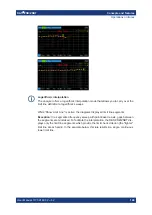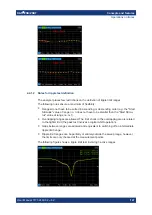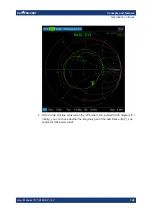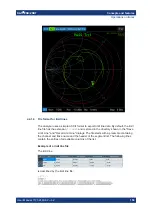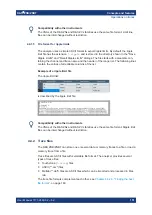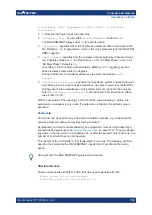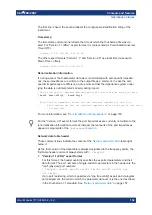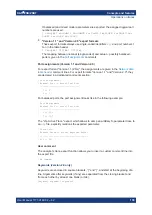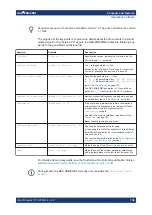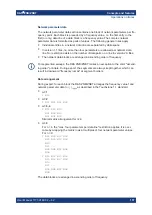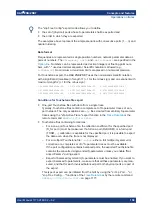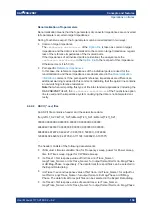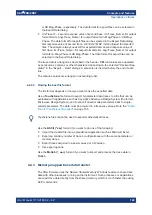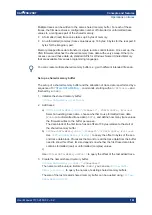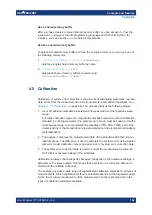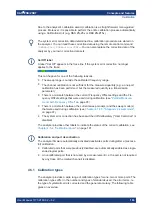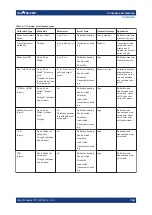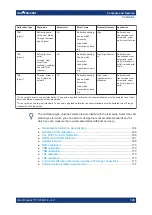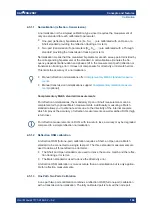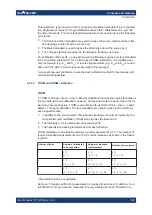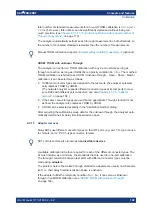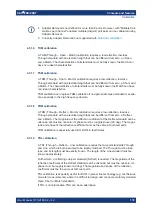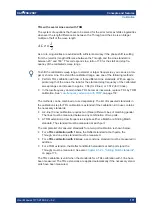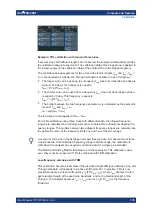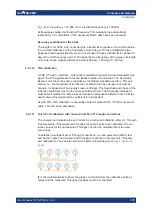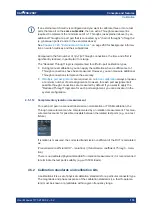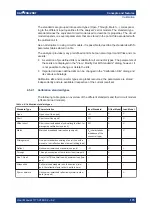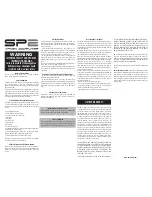
Concepts and features
R&S
®
ZNB/ZNBT
160
User Manual 1173.9163.02 ─ 62
or dB Mag-Phase, respectively. The data format for export files can be selected in
the Export Data dialog.
●
<imTrace2>... second response value of second trace: im<Trace_Name> for output
format Re/Im, ang<Trace_Name> for output formats lin. Mag-Phase or dB Mag-
Phase. The data format for export files can be selected in the Export Data dialog.
first response value of second trace. HZ / KHZ / MHZ / GHZ allowed for imported
files. The analyzer always uses HZ for exported data. second response value of
first trace: im<Trace_Name> for output format Re/Im, ang<Trace_Name> for output
formats lin. Mag-Phase or dB Mag-Phase. The data format for export files can be
selected in the Export Data dialog.
The trace data is arranged as described in the header. Different values are separated
by semicolons, commas or other characters, depending on the selected "Decimal Sep-
arator" in the "Export ... Data" dialogs. A semicolon is inserted before the end of each
line.
The stimulus values are arranged in ascending order.
4.4.2.3
Finding the best file format
The file format depends on how you want to use the exported data.
Use a
Touchstone
file format to export S-parameter data traces to a file that can be
evaluated with applications such as Keysight's Advanced Design System (the former
Microwave Design System), and to convert mixed mode parameters back to single-
ended parameters. The data must be acquired in a frequency sweep. Note the
tions for Touchstone file export"
Touchstone files cannot be used to export mathematical traces.
Use the
ASCII (*.csv)
format if you want to do one of the following:
●
Import the created file into a spreadsheet application such as Microsoft Excel.
●
Export an arbitrary number of traces, multiple traces with the same parameter or
memory traces.
●
Export traces acquired in a power sweep or CW sweep.
●
Use export options.
Use the
Matlab (
*.dat
)
format if you want to import and process the trace data in
Matlab.
4.4.3
Memory-mapped trace data transfer
The VNA firmware uses the
Named Shared Memory
Windows feature to share trace
data with other processes running on the instrument. Such processes or applications
can read trace data directly from the shared memory, which is much faster than using
SCPI commands.
Operations on traces

